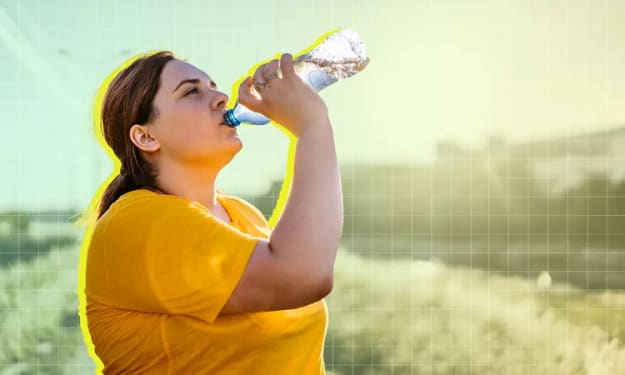
Soft percussion and a toasty scent mark the violent transformation
of tough seeds into cloud-like puffs.
This is the almost magical process of popcorn-making.
But how did we actually end up with this whimsical food?
All the corn eaten today is derived from a tall grass called teosinte,
which Indigenous people in what is now southern Mexico
began selectively breeding about 9,000 years ago.
An ear of teosinte originally yielded somewhere between 5 and 12 small kernels,
each with a hard shell called a pericarp.
And some varieties had a fantastic feature:
if they reached a certain temperature, their kernels exploded.
Popcorn kernels pop because water and starch
are sealed tightly within the pericarp.
When heated, the moisture inside becomes steam.
As it expands, it increases the internal pressure
and the solid starch transforms into a gel-like substance.
The pressure finally overcomes the pericarp’s resistance and it bursts—
the steam and starch expanding to form a foam
that quickly cools and dries in the air.
From this small-scale explosion also rush forth the compounds
that give popcorn its powerful aroma.
Ancient Indigenous American people cultivated other maize varieties
with larger, more flavorful kernels and thinner pericarps.
But the hard-shelled, poppable variety also persisted
and spread through parts of the Americas.
By the time European colonizers arrived in the late 1400s,
Indigenous American people were preparing and eating corn in myriad manners.
Popcorn wasn’t a major part of their diets.
But it popped up in European accounts,
which described the preparation of “toasted” or “parched” corn
and its use in some Aztec feasts and celebrations.
Despite initial reluctance,
colonizers eventually began cultivating— and popping— corn.
The methods they used at first were inconsistent and messy.
But with the invention of “wire over the fire” baskets around 1837,
the process got easier.
Soon, popcorn picked up steam
and exploded with a reputation as a low-cost, entertaining snack.
Over the following decades,
it became a mainstay at events and hundreds of recipes materialized,
mixing popcorn with sweet and savory ingredients.
But popcorn hadn't yet reached its height.
At the 1893 World’s Fair, an inventor showcased the first popcorn machine:
a wagon that tossed popcorn in seasoning as it cooked.
Soon enough, vendors could be seen roving US city streets with similar machines.
Interestingly, movie theaters were some of the only American venues
where you wouldn’t find popcorn at the time.
Many cinema operators saw their establishments
as part of a grand theater tradition at odds with popcorn—
what they considered a messy, low-brow street food.
However, when the Great Depression hit in 1929,
movies provided the public with a welcome distraction.
And they had recently gone from being silent and subtitled to acquiring sound,
making them accessible to a wider audience,
including non-literate people.
At about five or ten cents a bag,
popcorn proved an inexpensive luxury for moviegoers,
so theater operators pounced on the money-making opportunity.
Today, a medium bag of popcorn might cost about 60 cents to make,
but retail for around $6— a 1,000% markup.
Popcorn sales generate nearly 40% of all movie theater profits,
helping to offset the high prices that theaters pay film studios.
Over the last century, people throughout the Americas continued popping corn,
and different preparations took hold in markets worldwide.
When microwavable popcorn was launched in the 1980s,
popcorn popped off yet again.
Dozens of kinds of popcorn are now grown in the US.
Different strains assume distinctive shapes when their kernels explode,
most commonly taking so-called “mushroom” and “butterfly” forms.
And they’ve been bred for supreme poppability.
Over the last century, the amount that popcorn expands has doubled:
now, kernels can reach up to 50 times their original size upon popping.
Not to be corny, but popcorn’s come a long way.





Comments (1)
Great work! Fantastic job!